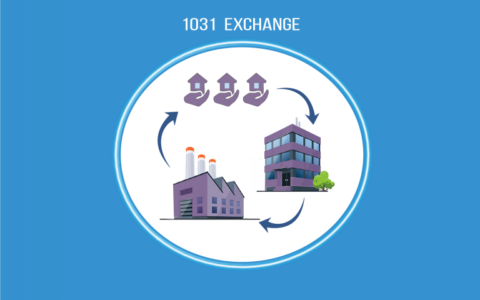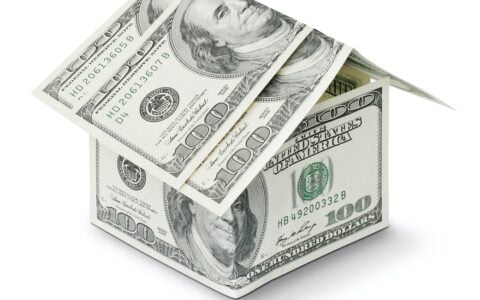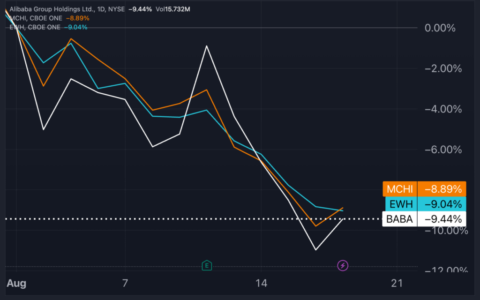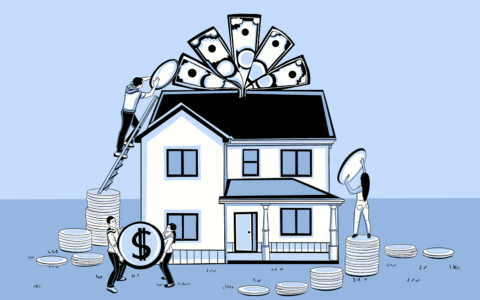The world of commercial real estate (CRE) appears to be on the brink of a seismic shift, according to a recent forecast from analysts at Morgan Stanley. They are predicting an upheaval in the sector that could potentially be ‘worse than the Great Financial Crisis’ of 2008. These predictions are based on a combination of factors, including structural changes in the market, evolving work patterns, and economic trends that have been greatly amplified by the effects of the COVID-19 pandemic.
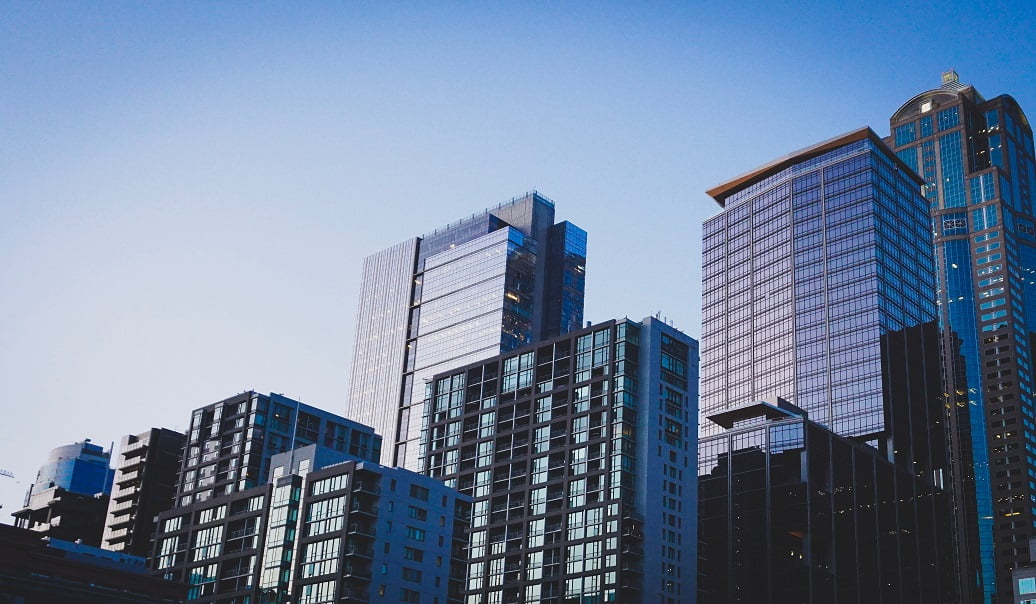
One of the primary driving factors behind this grim forecast is the shift towards remote work. The pandemic has fundamentally altered the way businesses operate, with an increasing number of companies embracing remote work or hybrid work models. Many businesses have reduced their office footprint, while some have done away with physical office spaces altogether. This has led to a decrease in demand for office space, negatively impacting commercial real estate.
Another significant factor is the rise in e-commerce. The pandemic has accelerated the shift from brick-and-mortar retail to online shopping, a trend that was already in motion before 2020. This has led to a decline in demand for retail space, further contributing to the struggles of the CRE sector.
The hospitality industry, another significant component of the commercial real estate sector, has also been hit hard. With travel restrictions and public health concerns, hotels and leisure facilities have seen a drastic reduction in patronage. While there is hope that this sector might rebound as the pandemic subsides, the timeline for recovery remains uncertain.
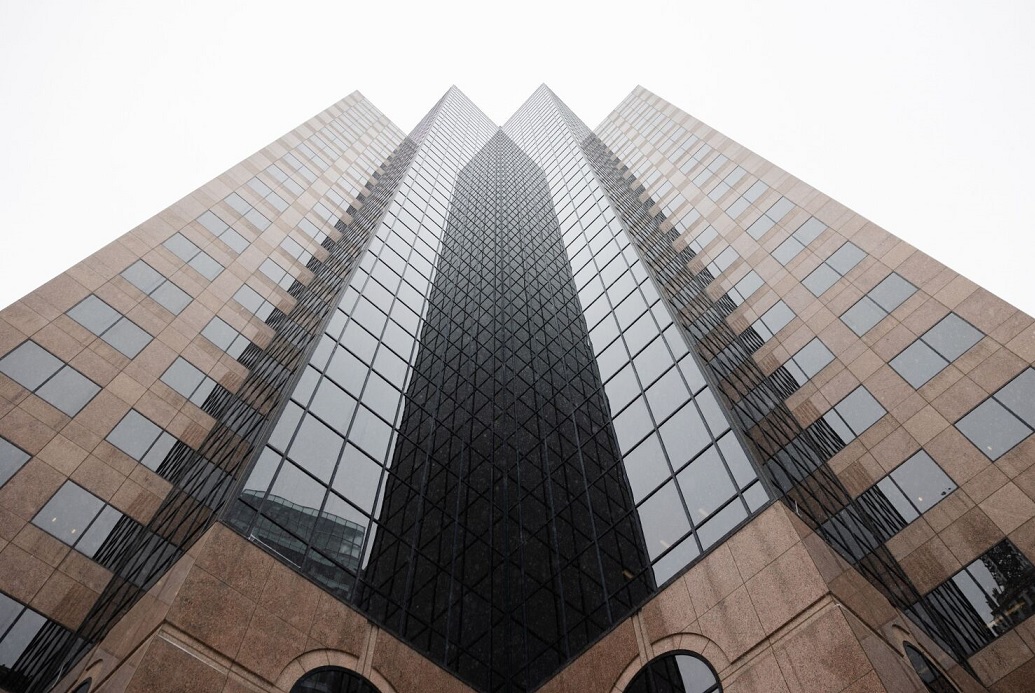
There are also financial factors at play. The low-interest-rate environment, which has been in place since the Great Financial Crisis, has driven a significant increase in borrowing and led to inflated real estate prices. If interest rates were to rise, it could lead to a drop in property values and increased default rates, similar to what was seen during the 2008 crisis.
Furthermore, many commercial properties have been financed with loans that are now coming due. If these properties have declined in value, or if the owners have lost rental income due to decreased demand, they may struggle to refinance these loans. This could lead to a wave of defaults and foreclosures.
Analysts also point to the fact that the commercial real estate market has been on a bull run for more than a decade, a trend that is not sustainable in the long term. The market has been buoyed by low interest rates and an influx of capital from investors seeking higher returns. However, these conditions cannot last indefinitely.
Additionally, there is a potential oversupply of commercial properties. Over the past decade, many new commercial buildings have been constructed based on optimistic projections of future demand. If this demand does not materialize, the market could be left with a glut of vacant properties.
Moreover, the changing demographic trends could add to the woes of the CRE market. Millennials and Generation Z have shown a preference for urban living and are more likely to rent rather than buy. This could lead to a decrease in demand for commercial real estate in suburban areas.

Despite these negative trends, it’s important to note that some sectors of commercial real estate could thrive even in a downturn. Industrial real estate, particularly warehouses and distribution centers, has seen increased demand due to the rise in e-commerce. Data centers and properties related to the tech industry could also fare well.
In conclusion, while the commercial real estate market is facing significant headwinds, the situation is not entirely bleak. Real estate, like any other market, is cyclical, and downturns are a natural part of the cycle. While the current situation may be challenging, it could also present opportunities for savvy investors and companies willing to adapt to changing market conditions.
Author:Com21.com,This article is an original creation by Com21.com. If you wish to repost or share, please include an attribution to the source and provide a link to the original article.Post Link:https://www.com21.com/the-looming-storm-a-potential-commercial-real-estate-market-crash.html

